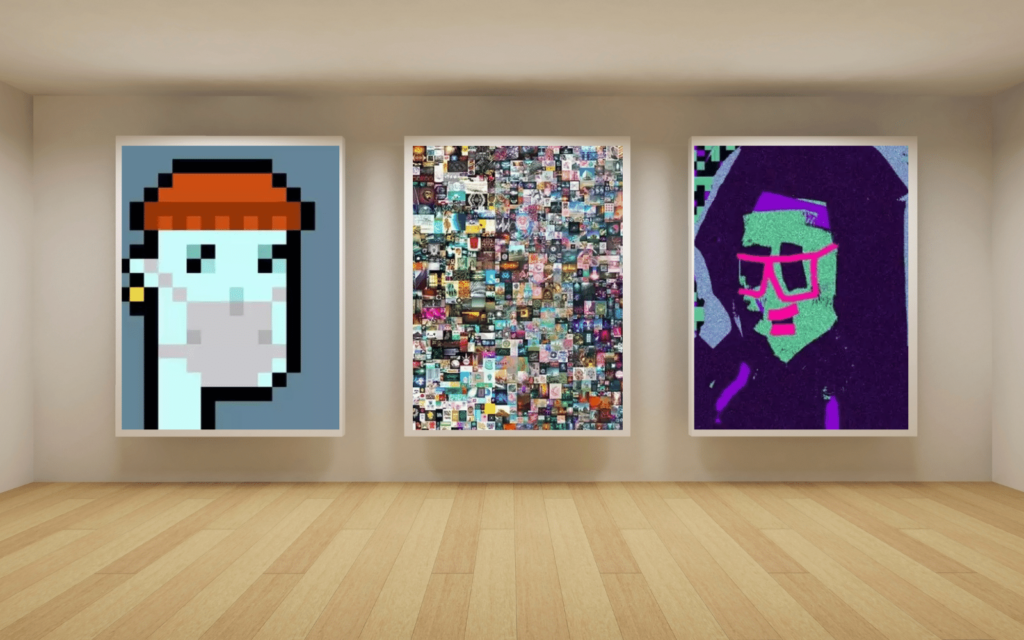The header image you see above consists of more than R1.3 billion ($85 million) in NFTs. You should know what an NFT is by now. Unless you dedicated the second half of 2021 to tequila studies in Mexico and just got back, of course. But are these images art? That’s the argument the folks over at Wikipedia are having at the moment, and it’s stressing NFT fans out.
And it’s stressing them out because the value in an NFT lies, at least in part, on its desirability as a form of art. Wikipedia’s not the arbiter of what is and isn’t art, and they’re the first to admit that. User Randy Kryn said, “This may need a full RfC and a team of art experts.” It’s not exactly an easy question to answer. But NFT stans are a little worried that it might be.
Wikipedia: Where all the knowledge comes from
Duncan Cock Foster, digital artist and co-founder of NFT marketplace Nifty Gateway, posted a Twitter thread explaining the concerns around Wikipedia’s debate. The main worry, according to Foster, is that “Wikipedia works off of precedent. If NFTs are classified as ‘not art’ on this page, then they will be classified as ‘not art’ on the rest of Wikipedia. Wikipedia is the global source of truth for many around the world.”
And there are points for NFT punters to worry about. The main point of contention seems to be that NFTs don’t really fit the definition of art — something that Stuff has also discussed. Art critic Sebastian Smee, writing in the Washington Post, points out that NFT’s aren’t new. And, more than that, their main function seems to be as “financial instruments”.
“NFTs are not a new artistic medium in the way that oil paint, printmaking, photography or video art were. Even digital art (which is just art made on a computer) preexisted NFTs by decades. NFTs are financial instruments. They make it easier to sell digital files by creating scarcity.”
But there’s also a case to made for the artistic status of NFTs. In some cases, anyway. There’s no denying there is creativity involved (sometimes), but that contrasts against the actual rarity of ‘real’ artwork. Our header image above is a perfect illustration — it’s not in any way different from the three original NFTs, except that those have been inserted into a blockchain and assigned a value. Yes, you can download a digital version of the Mona Lisa. But there’s a substantial difference between that and the original.
Is digital art still art? Of course, it is. But the question then seems to be, can NFTs be digital art? That’s a little less certain, but it absolutely can be — when it isn’t being used as a form of currency. Does its status as a primarily financial token detract from any possible artistic merit? That’s a much more murky question.
Source: Cointelegraph




